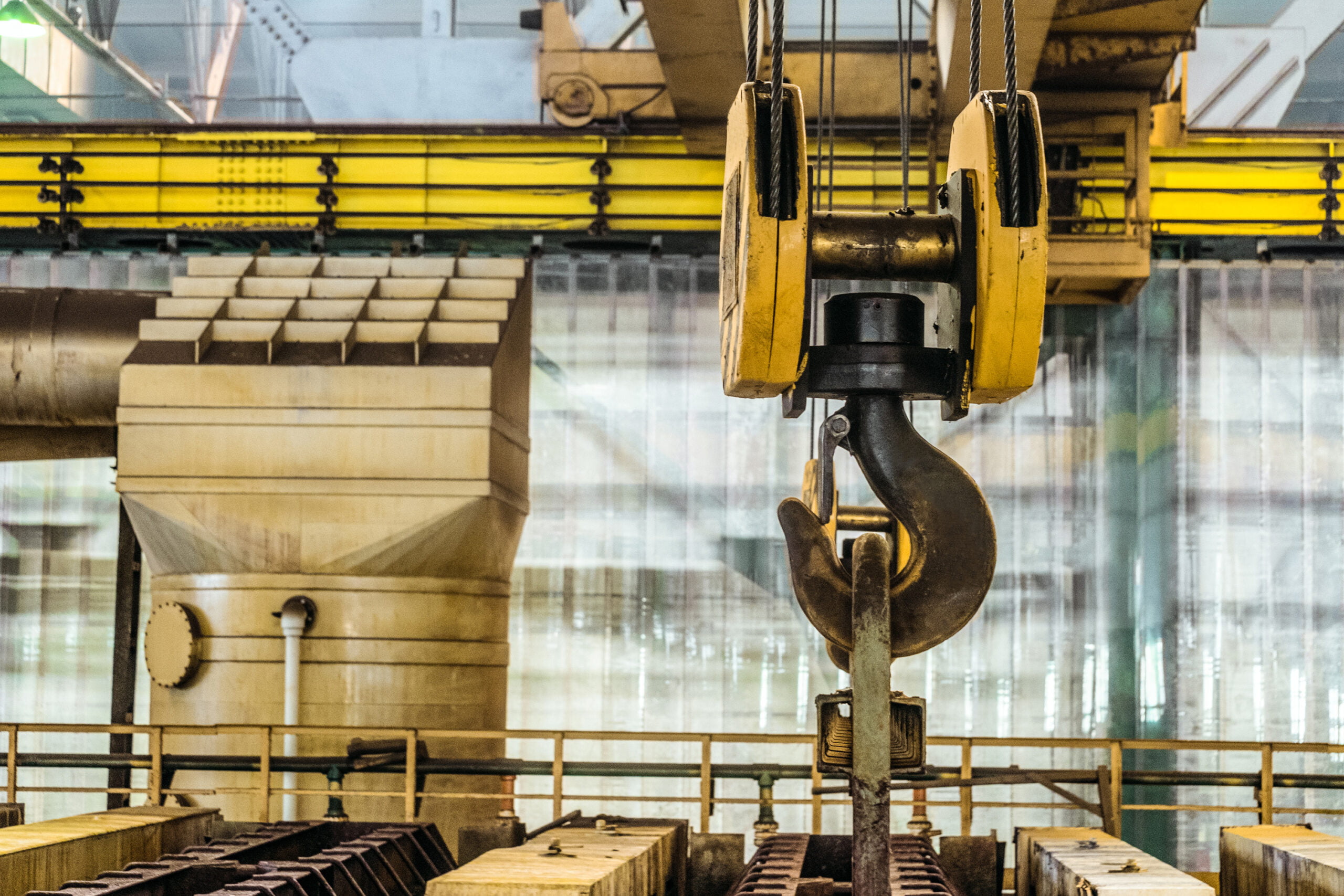LOLER refers to the Lifting Operations and Lifting Equipment Regulations 1998. These regulations apply to any equipment used at work for lifting or lowering loads - including attachments used for anchoring, fixing, or supporting it - and describe what you as an employer, business operator or manager may need to do to protect your employees in the workplace.
What equipment do the LOLER regulations cover?
The LOLER regulations cover a wide range of equipment, including cranes, forklift trucks, lifts, hoists, mobile elevating work platforms, and vehicle inspection platform hoists. They also include lifting accessories such as chains, slings, eyebolts etc. If you allow employees to provide their own lifting equipment, this should comply with the regulations. LOLER does not apply to escalators, which are covered more specifically by the Workplace (Health, Safety and Welfare) Regulations 1992.
What are my responsibilities as an employer/manager?
You must ensure that the requirements of LOLER are met when any lifting equipment is used. This includes:
Safety Examinations
- A risk assessment should be carried out before carrying out a lifting process or installing a piece of lifting equipment. Equipment should be examined before use and be sufficiently strong, stable, and suitable for the proposed use. Similarly, the load and anything attached (e.g. timber pallets, lifting points) must be appropriate.
- All examination work should be performed by a competent person (someone with the necessary skills, knowledge and experience)
- All lifting equipment should be examined in use at periods specified in the regulations (i.e. at least six-monthly for accessories and equipment used for lifting people and annually for all other equipment) or at intervals laid down in a plan drawn up by a competent person
Following a thorough examination or inspection of any lifting equipment, a report should be submitted by the competent person to the employer to take any appropriate action
Safety Requirements
- Equipment must be used properly and in accordance with the manufacturer’s instructions
- Equipment must be positioned or installed to prevent the risk of injury, e.g. from the equipment or the load falling or striking people
- It should be visibly marked with any appropriate information needed for its safe use, e.g. safe working loads
- Accessories should be similarly marked, e.g. slings, clamps etc.
- Lifting operations must be planned, supervised, and carried out in a safe manner by people who are competent
- Where equipment is used for lifting people it should be marked accordingly and safe for that purpose
- Employees should wear/use the appropriate protective clothing and equipment required for that machine and not wear dangling chains, loose clothing, rings or have loose long hair that could get caught up in moving parts
- Danger signs should only be removed by an authorised person who is satisfied that the equipment or process is now safe. Safeguards must never be removed, even if their presence seems to make the job more difficult
- Colleagues and visitors should not distract employees who are using equipment
What are the risks?
Working with any machinery can be dangerous because moving machinery can cause injury in many ways. Lifting operations and lifting equipment can present a number of risks to operators, such as;
- People can be hit and injured by moving parts of machinery, or dropped/ejected material
- Parts of the body can also be drawn in or trapped between rollers, belts, chains, and pulley drives
- Sharp edges can cause cuts and severing injuries, and rough surface parts can cause friction or abrasion
- People can be crushed between parts moving together, or parts moving towards a fixed part of the machine, wall, or other object
- Parts of the machine, materials or emissions (such as steam or water) can be hot or cold enough to cause burns or scalds, and electricity can cause electrical shock and burns
- Equipment or attachments can become unreliable and develop faults due to poor maintenance, or machines may be used improperly through inexperience or lack of training
Do my employees have any responsibilities?
While your employees do not have any specific duties under LOLER, they do have general duties under the HSW Act and the Management of Health and Safety at Work Regulations 1999 (the Management Regulations). These include taking reasonable care of themselves and others and to co-operate fully with procedures in place.
Whilst this is a useful general overview of the LOLER regulations, it is important that you refer to the Regulations and Approved Code of Practice to familiarise yourself with your duties; click here to read them in full.
Contact Us
If you need any help with the above, contact your advisor or SK Health & Safety on 01427 420 402 or email healthandsafety@skaltd.co.uk and #oneoftheteam will be happy to help.
Disclaimer
The information and any commentary contained within these updates are for general information purposes only and do not constitute legal or any other type of professional advice. Stallard Kane does not accept and, to the extent permitted by law, exclude liability to any person for any loss which may arise from relying upon or otherwise using the information contained in these blogs. If you have a particular query or issue, you are strongly advised to obtain specific, personal advice about your issue and not to rely solely on the information or comments in these updates.
